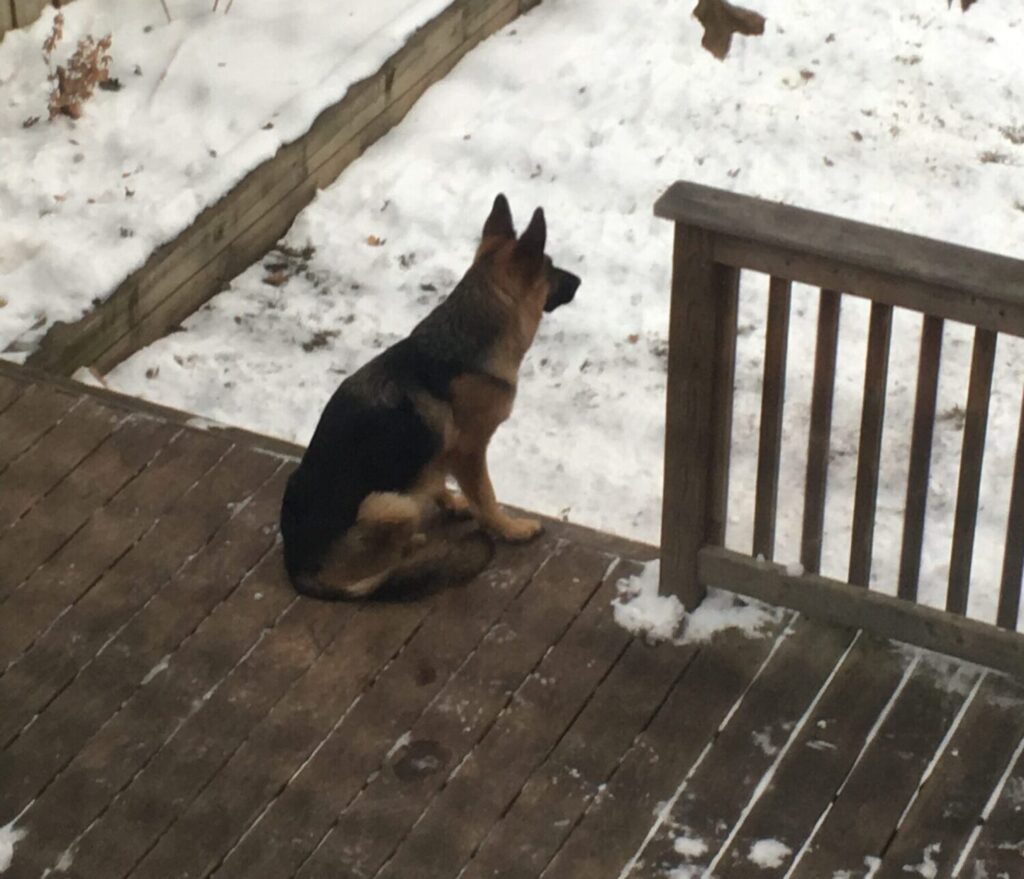
Two years of pandemic lockdowns have caused many to speculate about the impact on dogs, with concerns that many will suffer from separation anxiety upon the great return to the office. This is just one of many good reasons why it’s essential for dogs to learn to be alone. Yet, we talk a lot about socializing our dogs and little about how important it is for them to be comfortable by themselves.
Let me start by recognizing that leaving dogs alone for extended periods isn’t only a question of rearing or training, but also an ethical issue. Prior to the pandemic, many of us worked long hours at the office, with our dogs at home alone. Many of us couldn’t have dogs because of excessively long hours away from home, as shown by how many adopted animals when the lockdowns happened.
With that said, the capacity to be alone is one of those traits we work to cultivate in our dogs. At Way of Life™, we don’t train for skill, but rear for character. In this case, we work to create a level of self-esteem that makes the dog okay being alone. Successful “solo time” needs to precede their accessing more time with us.
Ways of giving dogs alone time include:
- In a crate indoors
- Behind a baby gate in a separate room
- On a safe balcony
- In a kennel outdoors
- Loose in a fenced-in backyard
- Loose in the house and being ignored
- On a leash in a quiet outdoor area and being ignored
Simply “tuning out” the dogs – leaving them be, not talking to them, minding them, or looking at them – and instead, being engaged in whatever it is we’re doing is another form of “alone” time.
There could be resistance to being alone, whether inside or outside. This can take various forms of seeking attention, such as scratching at doors and gates, barking, whining, or being quietly glued to the door. I ignore all these behaviors and relish seeing dogs grow in confidence and come to appreciate being on their own.
Note: Click here and here to check out videos of our clients learning to be outside by themselves.